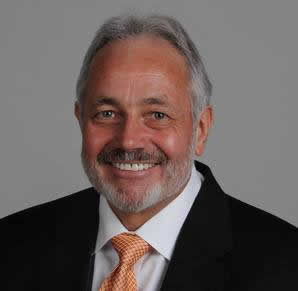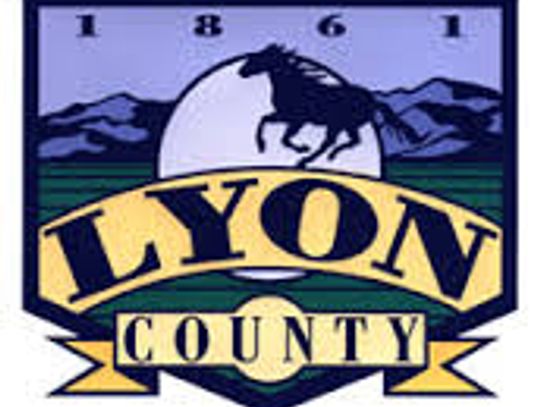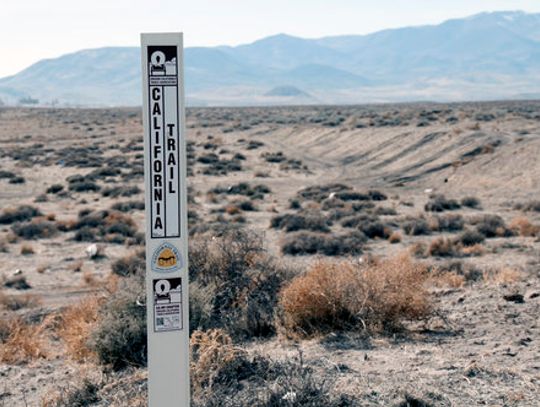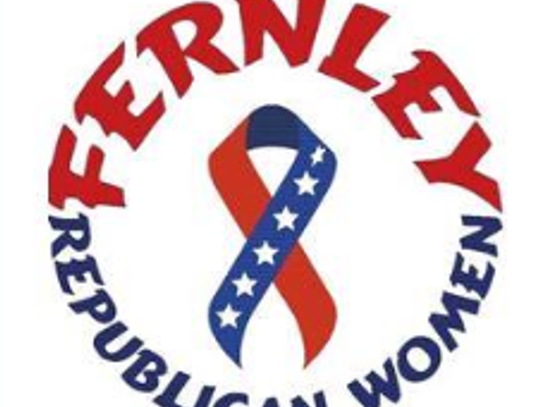By Ray Hagar, Nevada Newsmakers
In June of 2024, Tesla's 10-year property tax and modified business tax abatement in Storey County is scheduled to end. That could prove to be windfall for the small county east of Reno and Sparks, Kris Thompson, the project manager at the Tahoe-Reno Industrial Center, said Wednesday on Nevada Newsmakers.
Yet Thompson said some officials in Storey County, where TRI is located, fear that neighboring Washoe County or the cities of Reno and Sparks could try to share in some of that money through new legislation during the current session of the Nevada Legislature in Carson City.
"They (Storey County officials) have not seen a single tax dollar from Tesla on their major tax schedule for 10 years," Thompson told host Sam Shad. "It just seems unfair and untimely right now that on the eve of Storey County finally getting the benefit of their bargain, that someone would come in and try to peel some of that off."
Tesla was abated $38 million in property taxes in the most recent fiscal year, according to the Nevada Current. The property tax and modified business tax abatement package could be in the $40 million to $50 million range annually, Thompson said. Tesla, however, would still have 11 more years of sales-tax abatement. That stipulation was part of the original deal struck to lure the electric car company to Northern Nevada in 2014 during a special session of the Legislature.
If Storey County receives the tax windfall in 2024, the county's tax revenues would effectively double, according to a 2021 report in the Sierra Nevada Ally.

Reno, Sparks or Washoe County could claim a share of Storey County's windfall because Storey County offers little in housing and public services. Instead, employees at Tesla, Panasonic and the other corporate giants at TRI mostly live in Reno or Sparks and depend on Washoe County or municipal services such as schools, roads, hospitals, sewer, plus fire and police protection, officials said.
"About 80 percent of the people that work at the TRI Center live with us and commute back and forth," Sparks Mayor Ed Lawson said recently on Nevada Newsmakers.
Washoe County concerns about a strained infrastructure are heightened, Lawson said, because Tesla recently announced a $3.5 billion expansion of their facility to build electric trucks and increase battery production. The estimated 3,000 extra employees needed for that expansion will only increase the need for social services and housing in Reno and Sparks, Lawson said.
Eventually, an expanded Tesla gigafactory & electric truck factory could become the largest building in the world, Thompson said.
"We could have 50,000 jobs in Storey County and we take the bulk of that pressure because they are going to come live with us," Lawson said. "In Reno and Sparks, we have the all of the services, the hospitals, the doctors the specialist you need."
Thompson praised Lawson for his leadership and said TRI, Storey County and Sparks have a good working relationship. However, Thompson was firm that Storey County should not have to share the possible windfall.
"The thought that all of the expenses go to Washoe and all of the gravy goes to Storey County is a myth," Thompson said. "The truth is just the opposite."
Part of that myth -- Thompson said -- is that Reno and Sparks absorbed a large migration of workers from other states and cities who now work at Tesla, Panasonic or other major employers at TRI.
"As a matter of fact, if you look at the Tesla impact studies, there are about 9,000 jobs on the ground, permanent jobs at Tesla right now," Thompson said. "A Tesla executive told me that only 15 percent of people hired actually moved here from somewhere else. So most of the Tesla and Panasonic employees already lived here."
In research, Nevada Newsmakers could not verify or debunk the claim.
The jobs at TRI in Storey County also helped solve Washoe County's unemployment crisis, said Thompson. The unemployment rate for the area was about 11 percent before Tesla and the others arrived in 2014, he said. Now, it is 3.4 percent, according to the U.S. Bureau of Labor Statistics.
"So when Tesla and Panasonic got here, that unemployment rate nosedived," he said. "I'll leave it to the economists to figure out if there is a connection there. But for the additional governing cost for the 1,400 or 1,500 people who moved here to take jobs at Tesla and Panasonic is minimal to the billions of (payroll dollars provided)."
Thompson estimated that the total payroll of all the companies at TRI now is close to $1 billion annually.
"And it doesn't all get spent in Storey County," he said. "We've got Burger King and one gas station. The vast majority of that payroll cash goes into Washoe County."
No legislation to share the property-tax or modified business tax revenue has been formally proposed at the Legislature, although there is ample time in the 120-day session to do so. As of Thursday, 110 days remain.
A bill proposal from the 2017 Legislature, sponsored by then-Assemblyman Skip Daly, D-Sparks, could have forced Storey to pay impact fees to Washoe County -- for infrastructure and educational costs. Yet it fell flat, partially because of the tax breaks to lure Tesla and others to Northern Nevada were still in place.
Now, however, Storey County wants to take an aggressive stance against any tax split that may yet be proposed at the Legislature.
"There are a lot of people that we have talked to," Thompson said of the legislative process. "There are a lot of people who are undecided on this. Our intel (intelligence) says a lot of the legislators are not even aware that this may be going on. It is very early in the process and frankly, I'm here today, talking to you to try and get ahead of this thing before the myth spreads, so to speak."
Storey County is in dire need of upgrades that the windfall tax money would help provide, Thompson said.
"No. 1, Storey County has been absolutely destitute for 100 years, ever since the mines played out," he said, referring to the fabled 'Comstock Lode" of the late 1800s near Virginia City.
"Their county headquarters is borrowing specific rooms at a courthouse built in 1872," Thompson continued. "We have residents who have no municipal water service. We have neighborhoods that have dirt roads and need new bridges and culverts."
He noted that because of its numerous employees, TRI could be considered Nevada's fourth largest metro area in Nevada during weekday working hours.
"Little Storey County, is now having to service the fourth largest metro area in the state between 9 to 5, Monday through Friday, and needs to expand their staff," Thompson said.
"Our sheriff needs more people," he said. "Our public works (department), I think, is about eight guys. So there is a lot of upgrades needed for Storey County. And to come in, in the first year after 100 years of basically, teetering on the edge of bankruptcy, and try to start peeling off tax money ... there something that doesn't smell right about it.
"It's the timing, it's the fairness, it is the justification for doing it, when Storey County needs so much," Thompson said.









Comment
Comments